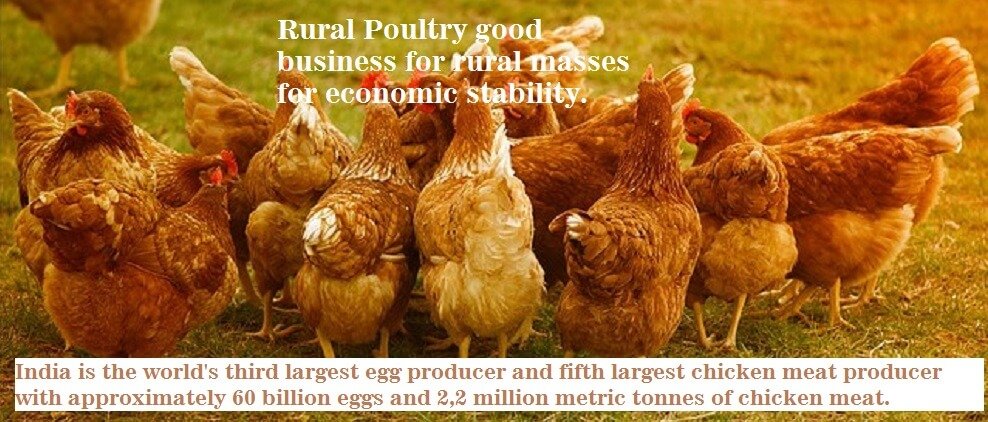Rural Poultry farming in India has, since two-three decades, transformed the traditional way of farming into a techno-commercial industry. India is the world’s third largest egg producer and fifth largest chicken meat producer with approximately 60 billion eggs and 2,2 million metric tonnes of chicken meat.
This production is generally achieved by commercial methods of poultry farming; however, a significant contribution is also made by rural poultry. Keeping these figures in mind, the Government of India has formulated policies to assist and increase rural poultry, which account for around 30 per cent of revenues in the poultry sector.
Also Read: Chicken and Egg gross sales likely to attain pre-Covid levels by March 2021
Rural farming is a good business for the rural masses for economic stability and nutritional value. Farming includes Chicken, Duck, Turkey, Quail and Guinea Farming with a minimum of available infrastructure and open field farming.
It is recommended that these formats be made more viable with the use of locally available materials such as food grain, soil vegetable waste, etc., and therefore the cost of production is minimal.
There are two advantages:
Income generation by selling eggs and chicken meat.
The basic idea of rural poultry farming is the production of a coloured chicken collection equal to the Natti (desi or local) variety with a higher output range, such as more body mass and more egg production capacity with a minimum input technology.
Also Read: Poultry industry to achieve healthy gains for financial year 2020-21- ICRA


















Add Comment